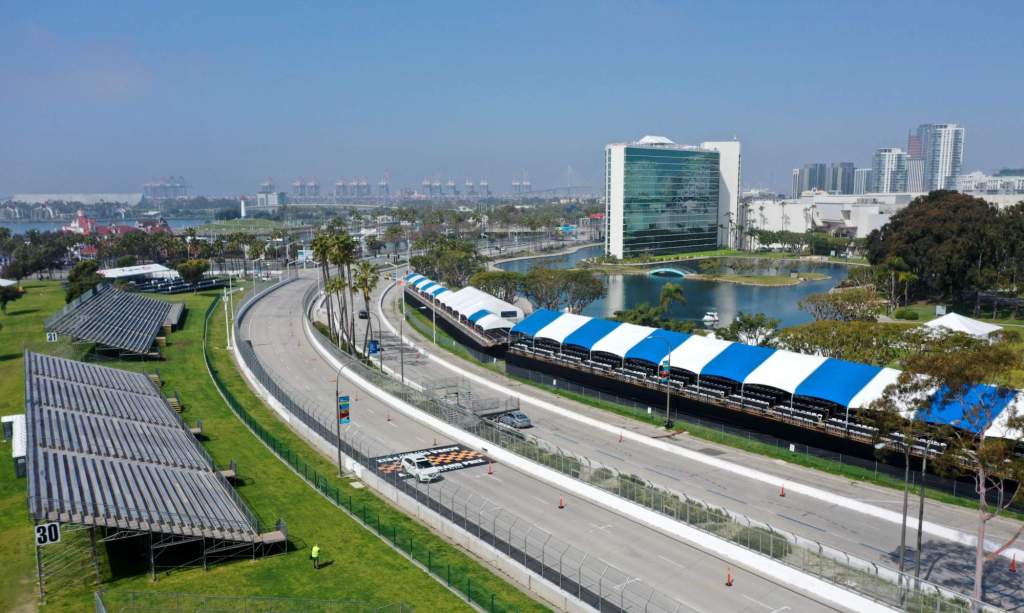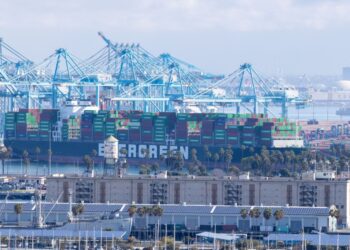The Acura Grand Prix of Long Beach has waved the green flag on sustainability.
More than 180,000 people are expected to descend upon Long Beach this weekend as turbo-charged cars, some roaring around at nearly 200 mph, take to city streets for three days of adrenaline-fueled races. The throngs of visitors, as they have for years, will also get to enjoy exotic cars on display, plenty of food and beverage options, and other activities.
Yet, if you pay attention, you may also notice the Grand Prix’s 48th iteration has some changes — all geared toward environmental sustainability.
The Grand Prix Association of Long Beach, which organizes the annual race, has put an added emphasis on sustainability this year, responding to concerns from environmentalists and some city officials amid wider discussions about how best to address the consequences of climate change. Separately, organizers of some of the specific racing events — such as the NTT IndyCar series — have responded to concerns from sponsors by implementing their own environmentally friendly initiatives.
“What we’re finding,” said Jim Michaelian, president and CEO of Grand Prix Association of Long Beach, “is that many of our vendors, our suppliers and even the sanctioning bodies that bring the racing series to the event here are also engaging in these same types of initiatives.”
The most obvious polluters are the race cars themselves, which can pump out three times as much carbon dioxide as the average vehicle, experts say. Adding to this are the emissions from transporting equipment between racetracks nationwide, and race team members, promoters and fans traveling to the various venues.
But the organizers of the Acura Grand Prix of Long Beach, which will take place from Friday to Sunday, April 14-16, say they and the sanctioning bodies have pledged to cut carbon emissions without compromising the excitement of the sport. Doing so stems from a consensus among the major stakeholders that…
Read the full article here







